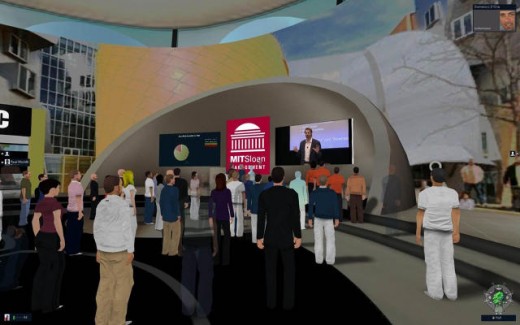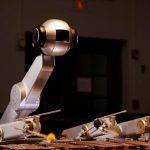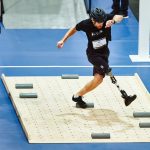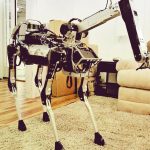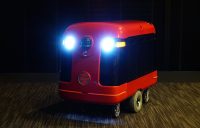within MIT’s digital, Robotic workplace
think about a global where a robotic body of workers does not take our jobs, but as an alternative permits us more flexibility and interplay.
June 18, 2015
At any given meeting on the Massachusetts Institute of technology’s business school, it’s turn into same old to have a number of telecommuters dial in via a convention line, and one or two are available as robots.
primarily, these robots, made by means of Double Robotics, are iPad stands on wheels that enable remote employees to log in from at any place they’re, take control of the robot, and experience the setting in the course of the iPad’s camera. faraway employees controlling the robots can transfer forward, backward, left, and right to wander around the room and make small talk with colleagues, just as if they have been there in person. it’s not unique that two robots have meetings with one some other if each staff are far flung that day. additionally, staff can alter the peak of their iPad to alter their vantage point and, in flip, change their perspective around the room. far more actual than the usual are living video chat where you’re only a face in the room, the robots enable far off staff to if truth be told absorb bodily area via their robotic.
“This all provides to the experience of being there, much more so than any of the other sort of more conventional technological approaches that we’ve all been the use of,” says Peter Hirst, govt director of the manager training arm of MIT’s Sloan faculty of management.
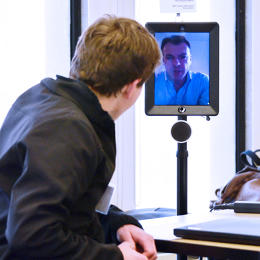
Hirst brought the robots to MIT about a year in the past when “two issues came together,” he says, that compelled him to analyze methods to beef up the quality of labor for his crew. the primary happened when development forced his workforce to move to an place of work three-quarters of a mile away from Sloan’s main constructing. The 2d was extra of a gradual construct-up of passion and desire from workers to cut down on time commuting. Hirst wanted to permit his workforce more flexibility, but was once additionally conscious that faraway workers are frequently at a disadvantage for future promotional opportunities because of their lack of visibility within the workplace.
“[Teams] make the most of having spontaneity, from being together, and having the ability to type of simply leap ideas off each and every different,” explains Hirst. “How would that facet of our ingenious productiveness be affected? We had quite a lot of conversations about that.”
moreover, Hirst examined—and reconstructed, if vital—every place on his staff to verify its design allowed everybody the identical probability to profit from work-from-dwelling arrangements in location.
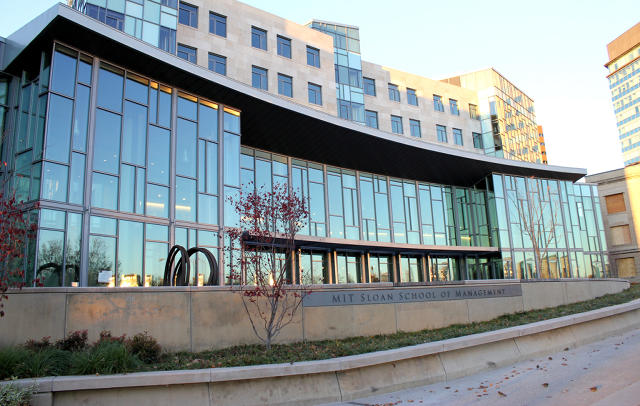
When the robots arrived, much like any large trade, their arrival came with some adjustments. there were instances when people assumed that far flung employees had been forced to make use of robots as a result of they’re disabled, which led to a couple awkward conversations. other occasions, individuals would decide up the robots while far off staff are logged into one, which also motives awkward tensions, says Hirst.
“individuals have a tendency to wish to assist, and so they sort of decide up the robotic to maneuver it someplace, which is an extraordinarily ordinary expertise when you’re the person driving it,” he explains. “It almost feels like you’re being assaulted.”
another interactive expertise Hirst’s team uses in business conferences and virtual school rooms involves a three-dimensional virtual space where assigned digital avatars can sit and stand round a conference room.
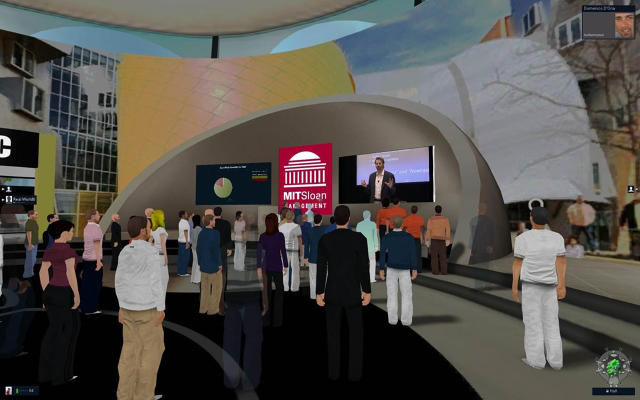
in this digital house, that you may walk your avatar as much as every other person’s avatar, and as you get nearer, the opposite individual’s voice will get louder. In the same approach, as you walk away, their voice will get quieter. in the event you turn your head, which you can hear folks around you more in your left or right ear.
“We discovered that that creates a truly fascinating—very very like the robots—experience of being someplace in a method that is much more engaging than just being on a conference call or perhaps a video call,” says Hirst.
The expertise can really feel so actual that after Hirst invited one of the crucial deans to use the program close to its inception, he bought an e-mail 20 minutes later that said: “Wow, that is actually incredible. I’m really glad we’re doing this, but can you do one thing to forestall these people standing so just about me? I don’t feel very comfortable. They’re invading my area.”
“For me, that was once really improbable as a result of that was in point of fact a testomony to how a lot you transferred your experience of physical being into the expertise,” recalls Hirst.
eventually, Hirst wants to add extra intelligent robots and technology to the mix, particularly as telecommuting turns into increasingly widespread. within the coming years, Hirst hopes to incorporate robots that may return to their charging stations (referred to as “robot Parking” at MIT) on their own once they run out of juice. He additionally needs to include robots that may engage more bodily with the setting, like pushing a button or opening a door. finally, a robotic that can move throughout tougher terrain, like a staircase, is no doubt on Hirst’s wish listing.
“Wouldn’t that be nice?” he asks.
[Images: courtesy of MIT Sloan School of Management]
(107)

